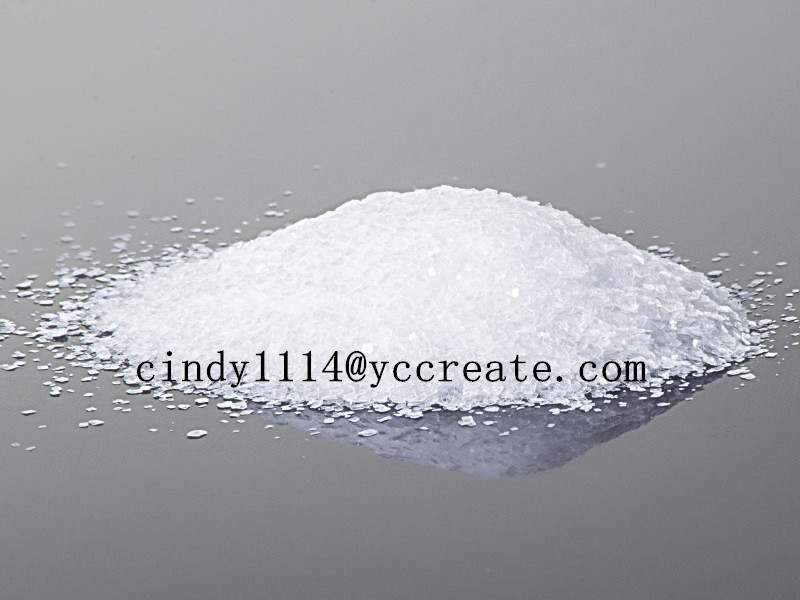| Message: | Phenacetin
Product Name: Phenacetin
Synonyms: 1-ACETYL-P-PHENETIDIN;4-ACETOPHENETIDIDE;4-acetophenetidine;4'-ETHOXYACETANILIDE;4-ETHOXYACETANILIDE;ACETOPHENETIDIN;ACETOPHENETIDINE;ACET-P-PHENETIDINE
CAS: 62-44-2
MF: C10H13NO2
MW: 179.22
EINECS: 200-533-0
Product Categories: Organics;Amines;Aromatics;Intermediates & Fine Chemicals;Pharmaceuticals;Other APIs
mp 133-136 °C(lit.)
bp 132 °C / 4mmHg
storage temp. 2-8°C
form powder
Water Solubility 0.076 g/100 mL
Sensitive Hygroscopic
Merck 14,7204
BRN 1869238
Stability: Stable. Incompatible with strong oxidizing agents, strong acids.
Chemical Properties white crystalline powder
Usage Analgesic, antipyretic. Component of APC tablets, analgesic mixture also containing aspirin and caffeine. Phenacetin is reasonably anticipated to be a human carcinogen; analgesic mixtures containing Phenacetin are listed as known human carcinogens.
Glycosylation inhibitor
Uses:
Phenacetin was widely used until the third quarter of the twentieth century, often in the form of an "A.P.C." or aspirin-phenacetin-caffeine compound analgesic, as a remedy for fever and pain. An early formulation (1919) was Vincent's APC in Australia. However the U.S. Food and Drug Administration ordered the withdrawal of drugs containing phenacetin in November 1983, owing to its carcinogenic and kidney-damaging properties (Federal Register of October 5, 1983 (48 FR 45466)). It was also banned in India.As a result some branded, previously phenacetin-based preparations continued to be sold, but with the phenacetin replaced by safer alternatives. A popular brand of phenacetin was Roche's Saridon, which was reformulated in 1983 to contain propyphenazone, paracetamol and caffeine. Coricidin was also reformulated without phenacetin. Paracetamol is a metabolite of phenacetin with similar analgesic and antipyretic effects, but the new formulation has not been found to have phenacetin's carcinogenicity.
|
 my account
my account
 log out
log out
 my account
my account
 log out
log out
